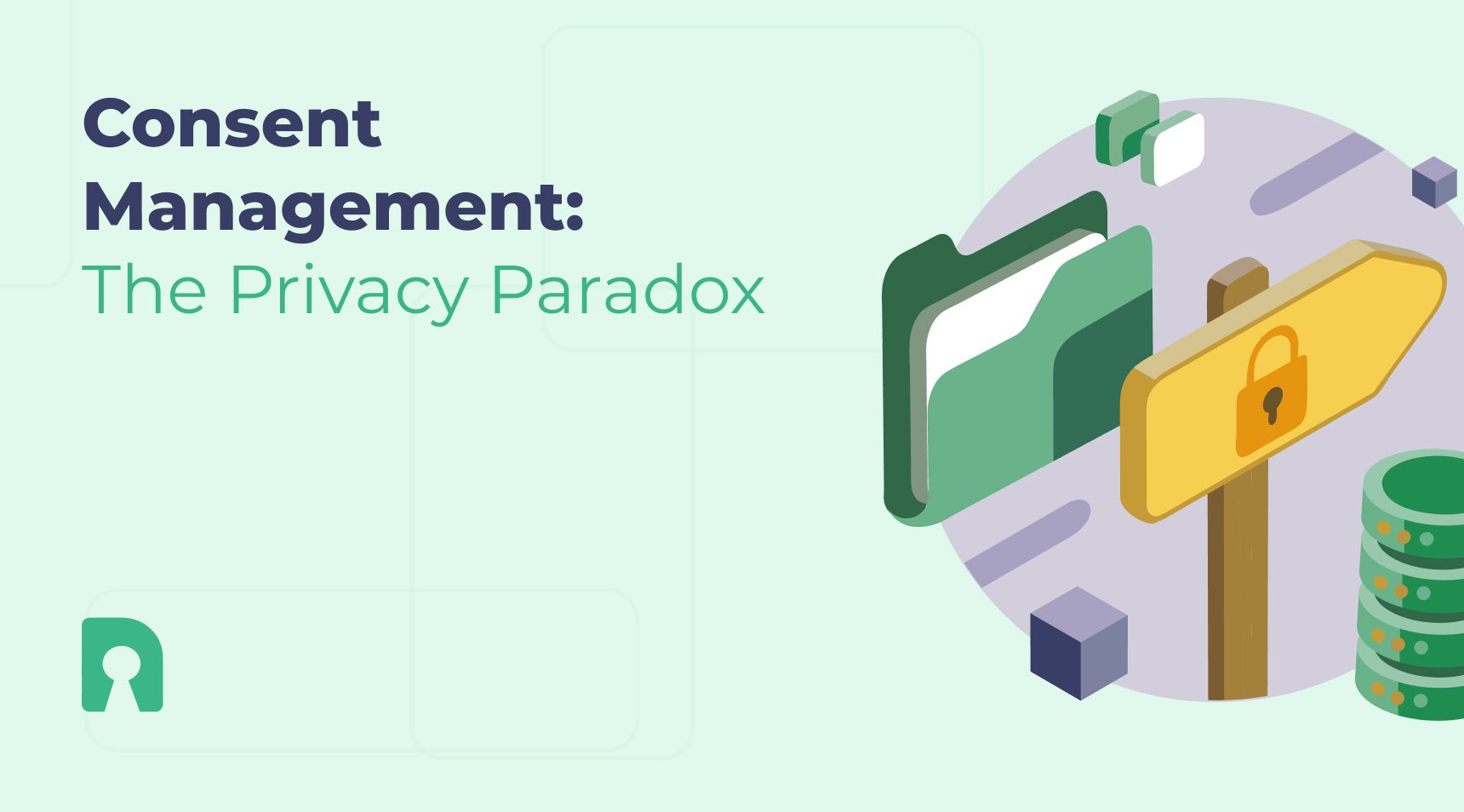
The privacy paradox: balancing personalization and security

The Data Privacy Paradox: Balancing Personalization and Security
We are living in a time where personalization is highly valued, yet data privacy is becoming more of a concern. On one hand, consumers are worried about the sharing of their data, while on the other, they desire more personalized experiences. This apparent contradiction is often referred to as the "data privacy paradox," and it is a topic that companies must consider when developing their customer experience strategies.
What is the Data Privacy Paradox?
The Data Privacy Paradox is an interesting phenomenon where consumers express a desire for personalized experiences but are not willing to share the data that enables such experiences. In simple terms, people want the conveniences of personalization without having to reveal too much about themselves. As a result, companies must carefully consider how they can access their customers' data without compromising their privacy.
How Companies Can Address the Data Privacy Paradox
To tackle this challenge, companies should prioritize transparency and trust when collecting customer data. This means being open and honest about what data they collect and why they need it. It also means giving customers control over how and when their data is used – for example, by only using it for purposes to which the customer has explicitly consented. Finally, companies should ensure that all collected information is securely stored and not accessible to unauthorized individuals.
Another way to solve the Data Privacy Paradox is to offer something of value in exchange for customer data. For example, companies can offer discounts or reward points when customers provide certain information – making it worthwhile for them to grant access to their data. This approach strengthens customers' trust in the company while also ensuring that they receive something in return.
Conclusion
The Data Privacy Paradox poses a unique challenge for companies looking to capitalize on the benefits of personalization while respecting their customers' data privacy rights. Through measures such as increasing transparency around the use of customer data, offering customers the ability to control when and how their data is used, and providing something of value in exchange for access to this information, companies can successfully navigate this challenge while delivering excellent customer experiences in today's digital world.


